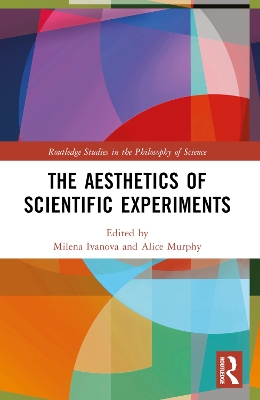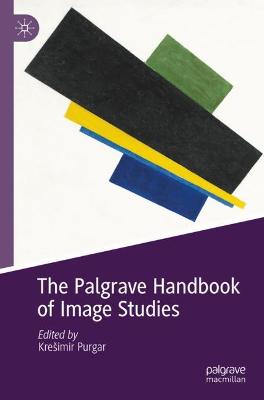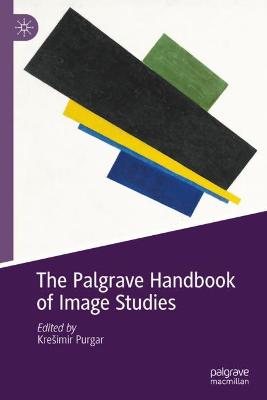Music as Cultural Heritage and Novelty
 portes grátis
portes grátis
Music as Cultural Heritage and Novelty
Andreica, Oana
Springer International Publishing AG
09/2022
422
Dura
Inglês
9783031111457
15 a 20 dias
816
Descrição não disponível.
Preface.- Part 1: Chapter 1. What is 'Modern'? How to renew musical heritages or the innovators and reformers of music history (Eero Tarasti).- Chapter 2. Paradigms of European music of the 18th-20th Centuries and Stravinsky's innovations (Konstantin Zenkin).- Chapter 3. Memoire et invariants dans les oeuvres de la musique occidentale (L'exemple de la berceuse) (Marta Grabocz).- Chapter 4. The heritage prior to killing the radio star: How modern music videos were shaped by their predecessors (Dario Martinelli).- Part 2: Chapter 5. Music and affect: Self, sound embodiment, and the music of Feldman and Xenakis (Paulo C. Chagas).- Chapter 6. Music as ongoing knowledge construction: From sound to meaning (Mark Reybrouck).- Chapter 7. Reconsideration of musical gesture as a musical event in a narrative discourse (Takemi Sosa).- Chapter 8. A 'Humorous' narrative archetype in the music of the viennese classics as a subversive device (Joan Grimalt).- Part 3: Chapter 9. The performer between heritage and novelty: Apects of spatiality in performer's creativity.- (Juha Ojala).- Chapter 10. Adorno's ideas on Stravinsky's neoclassicism meet the pianist's work: Reflecting playing experience with Adorno's key concepts (Eveliina Sumelius-Lindblom).- Part 4: Chapter 11. "Polyphonic personalities". The identity of a modern composer in the self-reflection of Gyoergy Ligeti and Jonathan Harvey (Ewa Schreiber).- Chapter 12. Active and visual perception of 20th-century music: The mimetic hypothesis of Arnie Cox using the example of Arnold Schoenberg's Chamber Symphony, Op. 9 (Iwona Sowinska-Fruhtrunk).- Chapter 13. Moderate modernism and the socially acceptable paraphrase: Two late works by Serbian composer Stanojlo Rajicic (Milos Bralovic).- Chapter 14. Between tradition and modernity, East and West - Bartok's musicological reception and the narratives of Hungarian identity (Daniel Nagy).- Chapter 15. Forbidden messages. Romanian musician constantin Silvestri in the light of an existential semiotic approach (Elena Boanca).- Part 5: Chapter 16. The Epiphany Feast in Brazil: A semiotic perspective to the analysis of a living liturgic drama tradition (Ricardo Nogueira de Castro Monteiro).- Chapter 17. Song from overseas: Memory and nomadism of Fado (Heloisa de Duarte Valente).- Chapter 18. Uirapuru: The legendary enchanted bird by Heitor Villa-Lobos. An aesthetic confrontation along Stravinsky's Firebird and Sibelius's Tapiola (Rodrigo Felicissimo).
Este título pertence ao(s) assunto(s) indicados(s). Para ver outros títulos clique no assunto desejado.
Musicology;Muscial Signification and Meaning;Negotiating Tradition and Innovation;Musical Performance;National Identities;Narrative Strategies
Preface.- Part 1: Chapter 1. What is 'Modern'? How to renew musical heritages or the innovators and reformers of music history (Eero Tarasti).- Chapter 2. Paradigms of European music of the 18th-20th Centuries and Stravinsky's innovations (Konstantin Zenkin).- Chapter 3. Memoire et invariants dans les oeuvres de la musique occidentale (L'exemple de la berceuse) (Marta Grabocz).- Chapter 4. The heritage prior to killing the radio star: How modern music videos were shaped by their predecessors (Dario Martinelli).- Part 2: Chapter 5. Music and affect: Self, sound embodiment, and the music of Feldman and Xenakis (Paulo C. Chagas).- Chapter 6. Music as ongoing knowledge construction: From sound to meaning (Mark Reybrouck).- Chapter 7. Reconsideration of musical gesture as a musical event in a narrative discourse (Takemi Sosa).- Chapter 8. A 'Humorous' narrative archetype in the music of the viennese classics as a subversive device (Joan Grimalt).- Part 3: Chapter 9. The performer between heritage and novelty: Apects of spatiality in performer's creativity.- (Juha Ojala).- Chapter 10. Adorno's ideas on Stravinsky's neoclassicism meet the pianist's work: Reflecting playing experience with Adorno's key concepts (Eveliina Sumelius-Lindblom).- Part 4: Chapter 11. "Polyphonic personalities". The identity of a modern composer in the self-reflection of Gyoergy Ligeti and Jonathan Harvey (Ewa Schreiber).- Chapter 12. Active and visual perception of 20th-century music: The mimetic hypothesis of Arnie Cox using the example of Arnold Schoenberg's Chamber Symphony, Op. 9 (Iwona Sowinska-Fruhtrunk).- Chapter 13. Moderate modernism and the socially acceptable paraphrase: Two late works by Serbian composer Stanojlo Rajicic (Milos Bralovic).- Chapter 14. Between tradition and modernity, East and West - Bartok's musicological reception and the narratives of Hungarian identity (Daniel Nagy).- Chapter 15. Forbidden messages. Romanian musician constantin Silvestri in the light of an existential semiotic approach (Elena Boanca).- Part 5: Chapter 16. The Epiphany Feast in Brazil: A semiotic perspective to the analysis of a living liturgic drama tradition (Ricardo Nogueira de Castro Monteiro).- Chapter 17. Song from overseas: Memory and nomadism of Fado (Heloisa de Duarte Valente).- Chapter 18. Uirapuru: The legendary enchanted bird by Heitor Villa-Lobos. An aesthetic confrontation along Stravinsky's Firebird and Sibelius's Tapiola (Rodrigo Felicissimo).
Este título pertence ao(s) assunto(s) indicados(s). Para ver outros títulos clique no assunto desejado.







